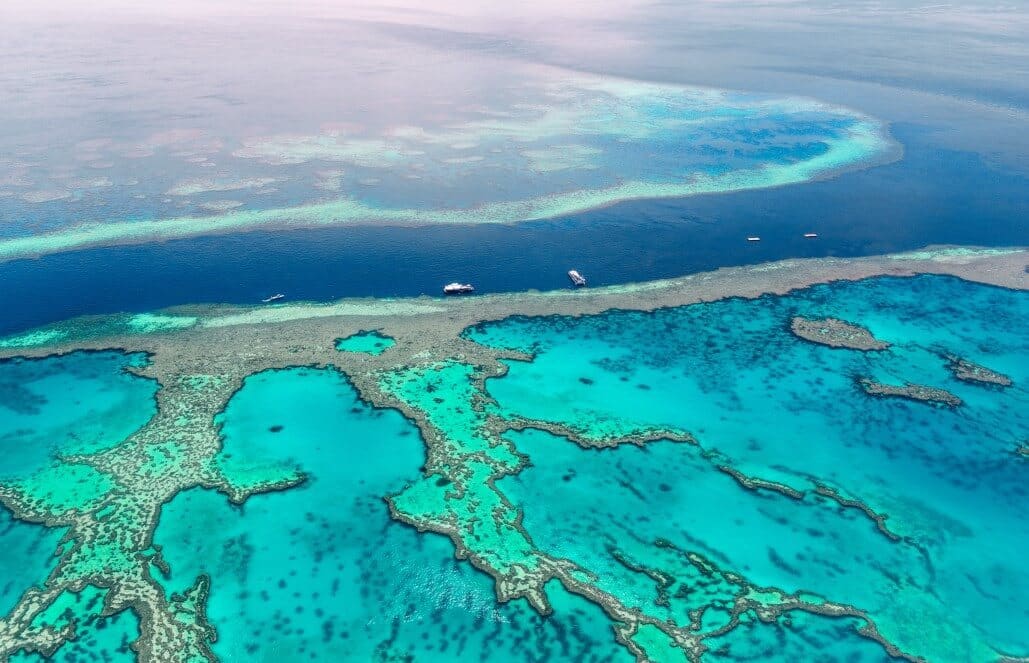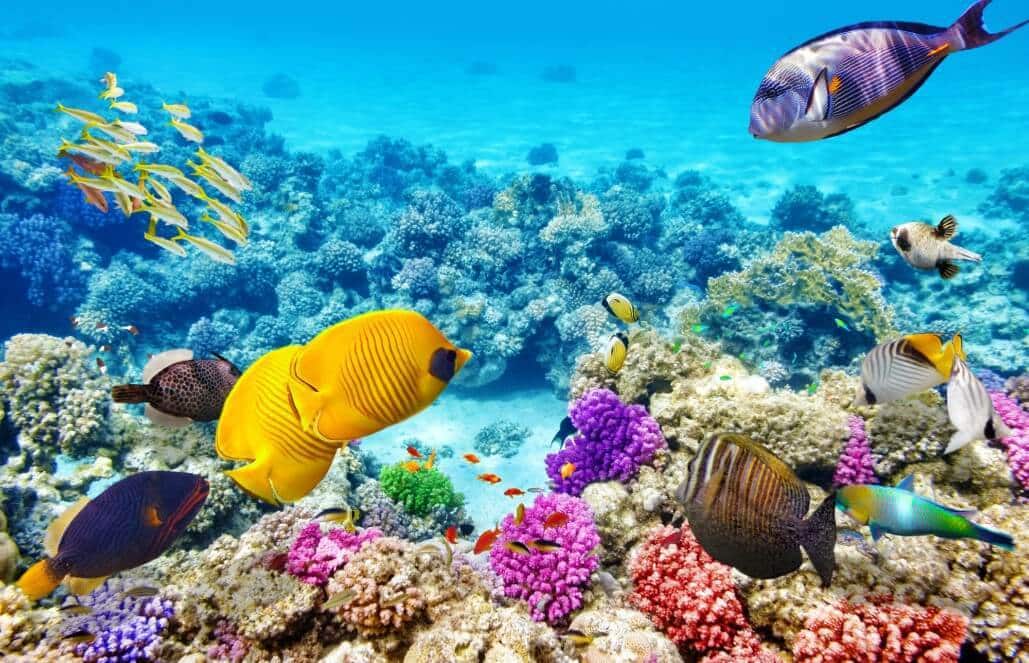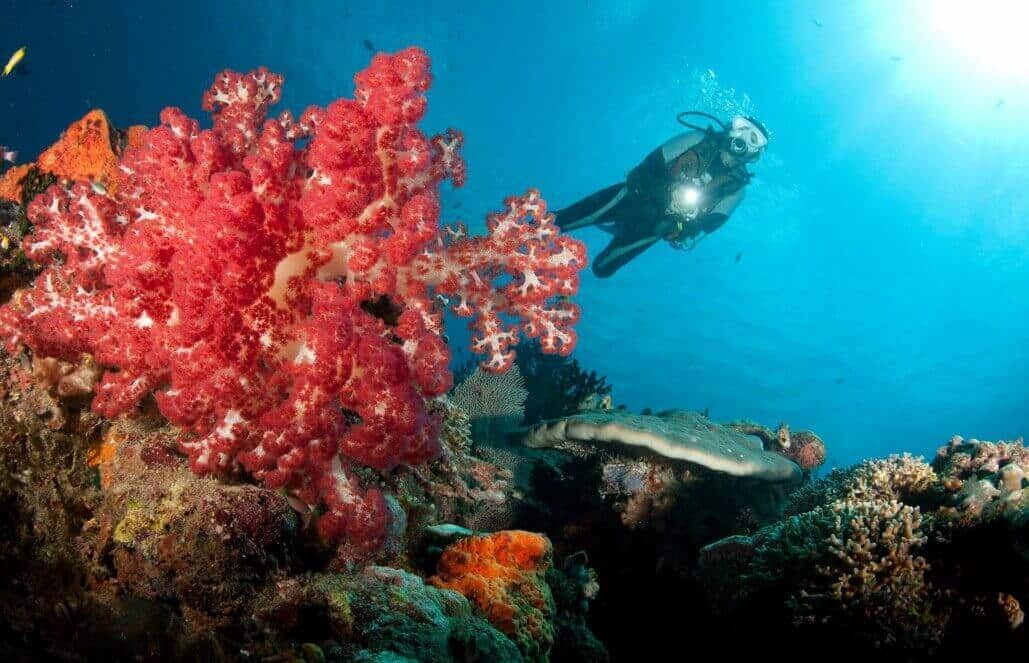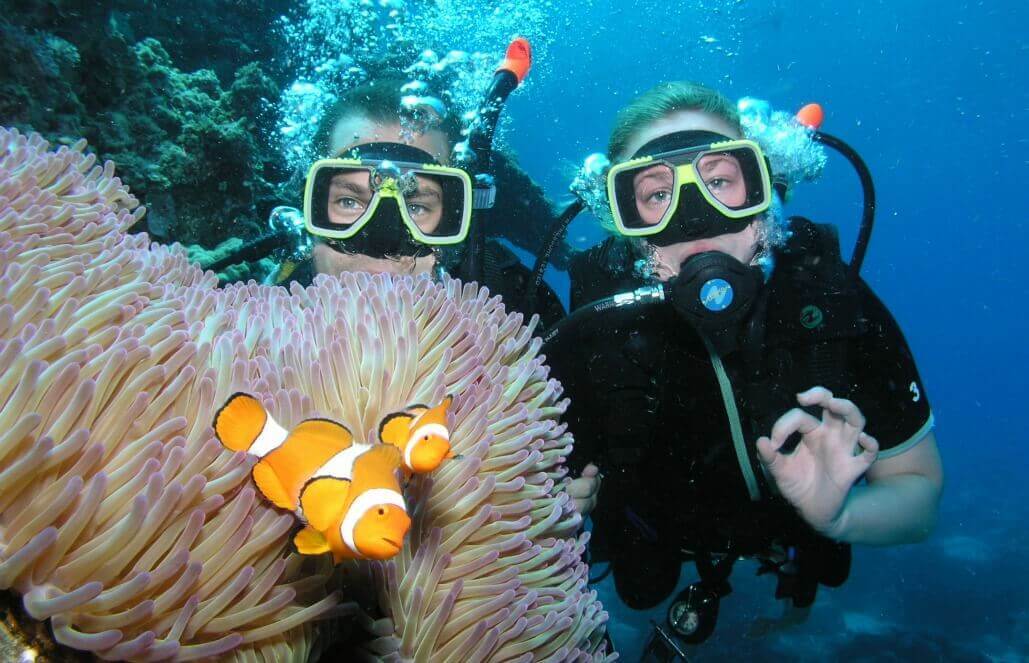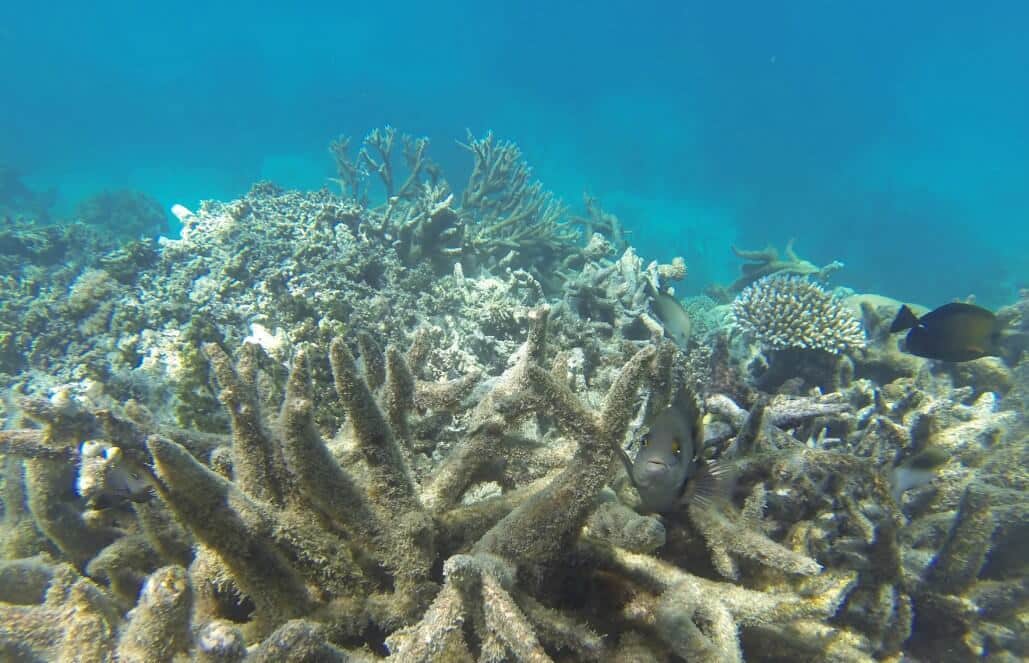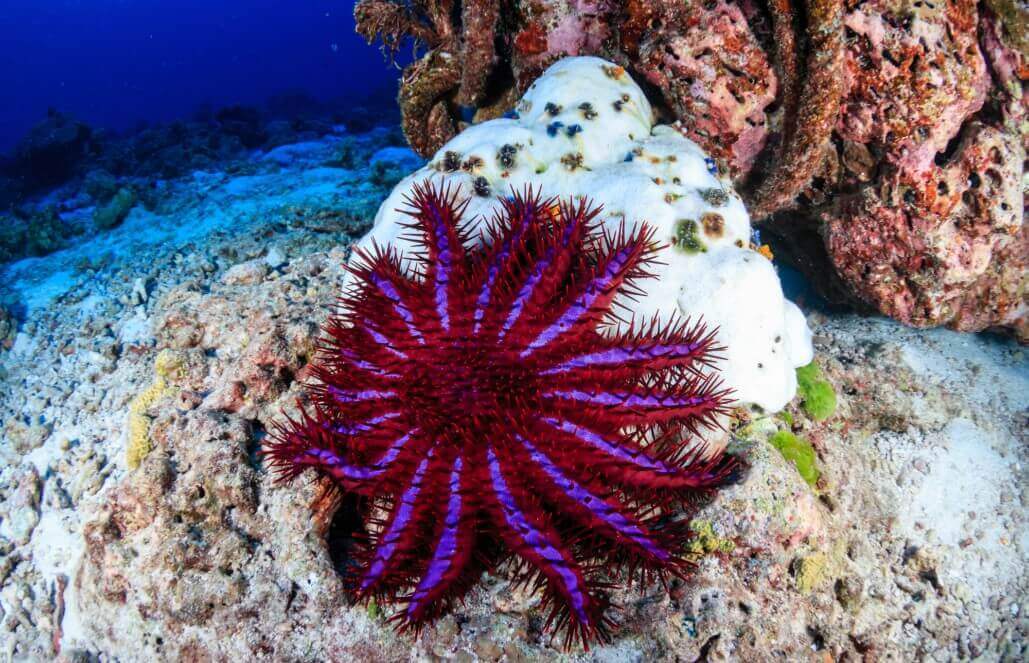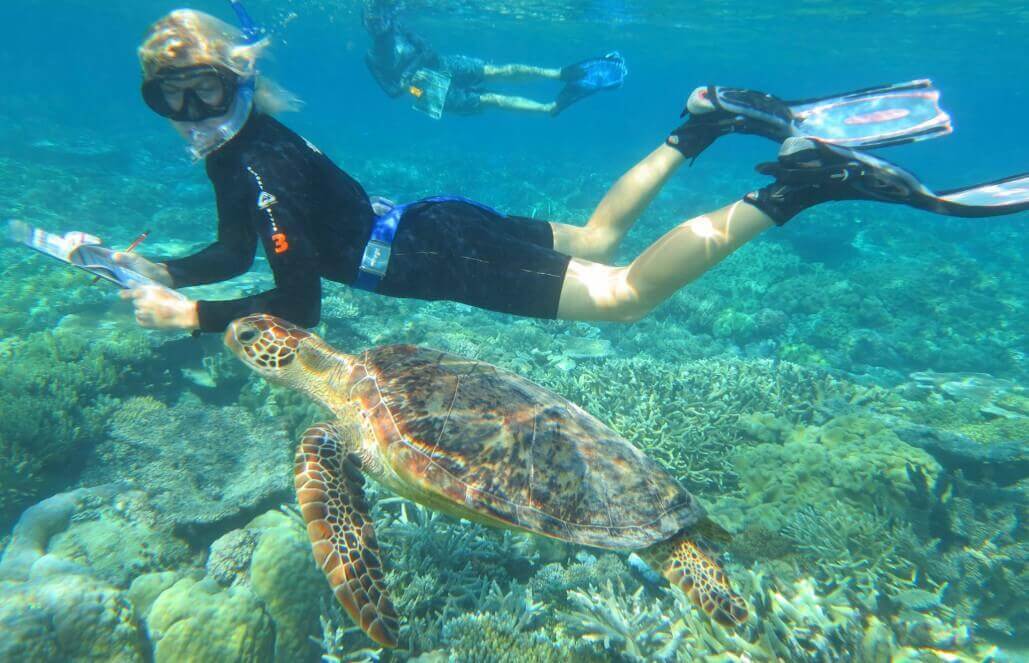It can be seen from space. It is bigger than the UK, Switzerland and Holland combined, around the same area as Japan and approximately half the size of Texas. Yet, Australia’s Great Barrier Reef is diminishing at a rapid rate. Your work as a volunteer can help protect the Reef and make a significant contribution to the research being done towards the conservation of the World Heritage Area. and the efforts to save it.
What is the Great Barrier Reef?
Located in Queensland, Australia, the Great Barrier Reef stretches over 1,400 miles, which can be equated to the coastline between Vancouver, Canada and the Mexican border.
The Barrier Reef includes the world’s most extensive coral reef ecosystem (around 10% of the world’s total) and contains some 3,000 coral reefs, 600 continental islands, 300 coral cays and about 150 inshore mangrove islands.
There is, however, more to the reef than the coral reefs, which make up only seven percent of the Marine Park and World Heritage Area: from mangroves to sponge gardens, the Marine Park has a variety of marine habitats.
Who lives there?
Here is a short list that is just the tip of the iceberg of the species that are native to the Great Barrier Reef:
1,625 species of fish
133 species of sharks and rays
100 species of jellyfish
30 species of whales and dolphins
six out of seven species of marine turtles
and one of the world’s most important dugong populations.
What about the coral?
The Great Barrier Reef is famous for its coral reefs, and with good reason!
Around 600 different types of colorful corals can be found at the park, but did you know that the corals aren’t plants, but a colony of small animals called coral polyps, which are related to jellyfish?
The hard corals can consist of hundreds, thousands or even millions of coral polyps, which produce limestone skeletons, causing them to be rigid. Soft corals, on the other hand, do not have this mechanism and remain flexible, swaying around with smooth jelly-like tentacles.
Soft coral also tends to be more brightly colored and are in danger of being eaten by fish, snails and crustaceans. To fight back, they produce distasteful chemicals and also have spiky points to protect themselves.
On the menu for the coral is plankton (think Spongebob) and some tiny fish, that the coral catch with their stinging tentacles which paralyze the prey.
How fast does coral grow?
Not so fast, but if we let them grow then some species can live up to a thousand years!
Hard coral grows slowly: some grow a modest foot a year, while others barely add an eighth of an inch to their structure. Soft coral grows a little faster: it can double or triple in size over a year.
What is threatening the Great Barrier Reef?
In short, climate change.
Since 2016 there have been consecutive years of coral bleaching (more on that below), outbreaks of disease and crown-to-thorns starfish, causing an estimated 29 percent of shallow water coral to perish.
To put this into perspective, the coral cover of the northern region of the Park is now less than half of what it used to be in 2013. Two severe cyclones didn’t help the situation either.
What is coral bleaching?
Climate change is causing the ocean temperature to be warmer, and for extended periods of time. Combined with pollution, exposure to the air from low tides, and overexposure to sunlight, the coral become stressed, causing for their primary food source, the algae, to leave.
The coral is left starving and turns white (as the algae are what gives it color), now more susceptible to disease.
All is not lost however, as a healthy and resilient reef can survive such a stressful event and recover from it if water temperatures and conditions return to normal.
What are crown-of-thorns starfish?
These starfish are known both for the spines that cover their body and arms, as well as the severe damage that they can cause to coral reefs, during massive outbreaks (we’re talking in the tens of thousands here). They are particularly destructive when the coral is stressed or going through the bleaching process.
Unfortunately, humans may be at fault here by overfishing their primary predator, the giant triton, although outbreaks could also be a natural phenomenon.
Why does the Great Barrier Reef need to be protected?
There are many reasons, but here are our top two:
- As previously mentioned, it is home to an enormous amount of marine life. Destruction of their habitat is essentially a death sentence for them and others that depend on them, i.e. birds, land animals and even humans.
- The corals that successfully survive have been coined ‘genetic gold’ as they have the resilience to face their predators and adverse environmental conditions. These corals can therefore be used to regenerate the barren seabeds and begin the recovery process, although it can take up to 10 years for an area to fully recover, assuming there are no major detrimental events in the interim.
What can you do to protect the Great Barrier Reef?
Joining a volunteer trip with a conservation aspect is one of the best ways that you can both experience the wonder of the Great Barrier Reef, as well as have a significant impact on efforts to protect it.
GoEco’s Great Barrier Reef Conservation project works with the Great Barrier Reef Marine Park Authority (GBRMPA) in monitoring the Park. Taking part in its Eye on the Reef – Rapid Monitoring program, research gathered during dives and snorkel trips will be submitted for use by marine biologists and industry professionals, to use in their assessment of the health of the reef.
Your tasks may include monitoring and species counting, surveying the seabed, and recording any new impact on the coral. By going with a reputable project organizer, you know that your research will be conducted in a structured manner and that it will contribute to long term result comparison.
How does participating in a volunteer program saves the Great Barrier Reef?
Through visiting the sites regularly, your program organisers gain an intimate knowledge of the area and can detect changes immediately, with the help of your survey results.
You will also be able to make your contribution to the new app which collects information about sightings of wildlife, coral bleaching and incidents, to inform other visitors as well as researchers, of the current environment. The up to date data helps researchers to review bleaching rates and monitor starfish outbreaks, guiding their management actions to save te corals.
The Great Barrier Reef Conservation project is limited to only eight participants per project start date, meaning that you will get plenty of time both in the water and with your team leaders, who are a wealth of knowledge. This project is perfect for marine enthusiasts, conservationists and those that want to do contribute to an important cause during their trip to Australia.


